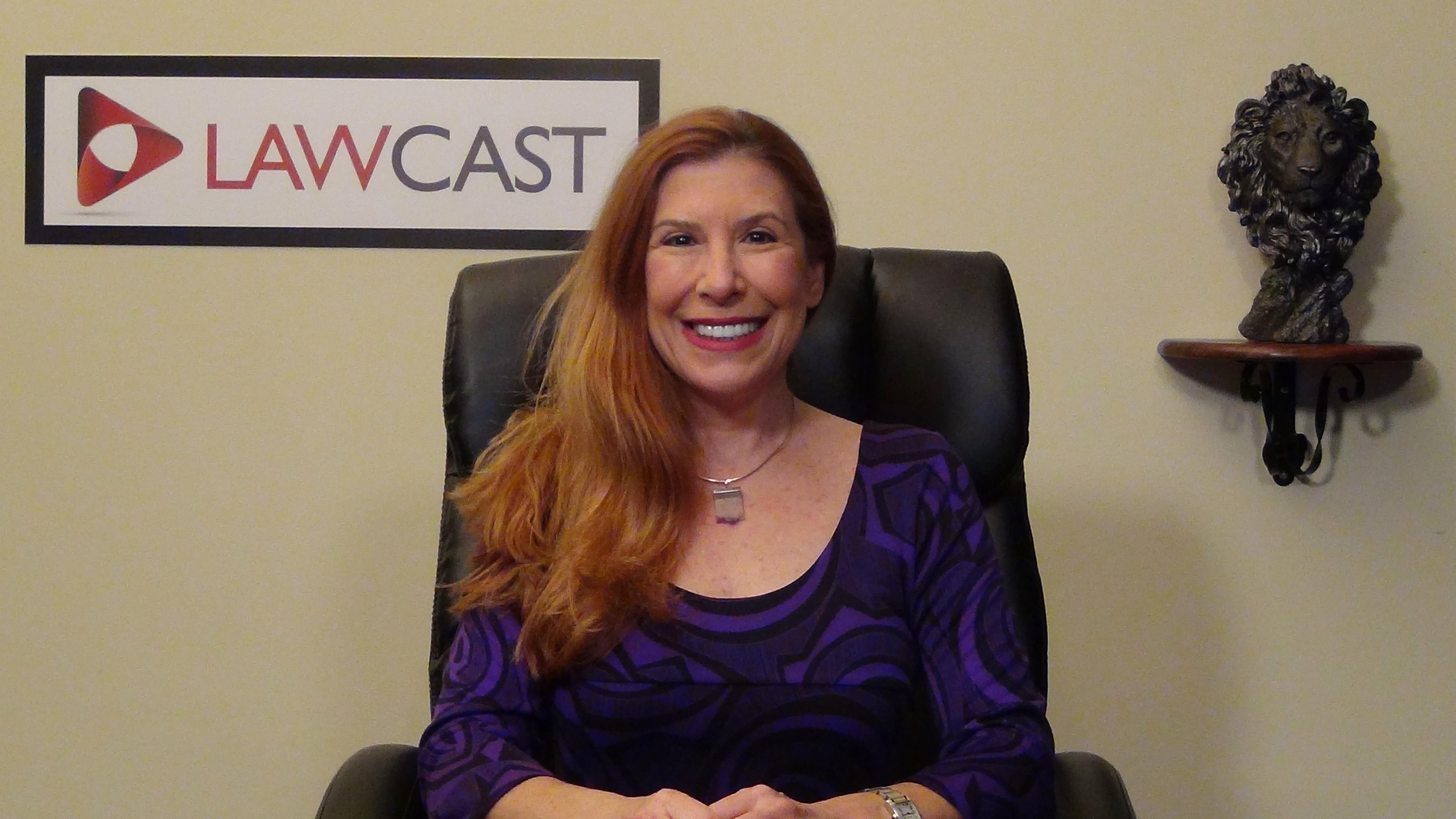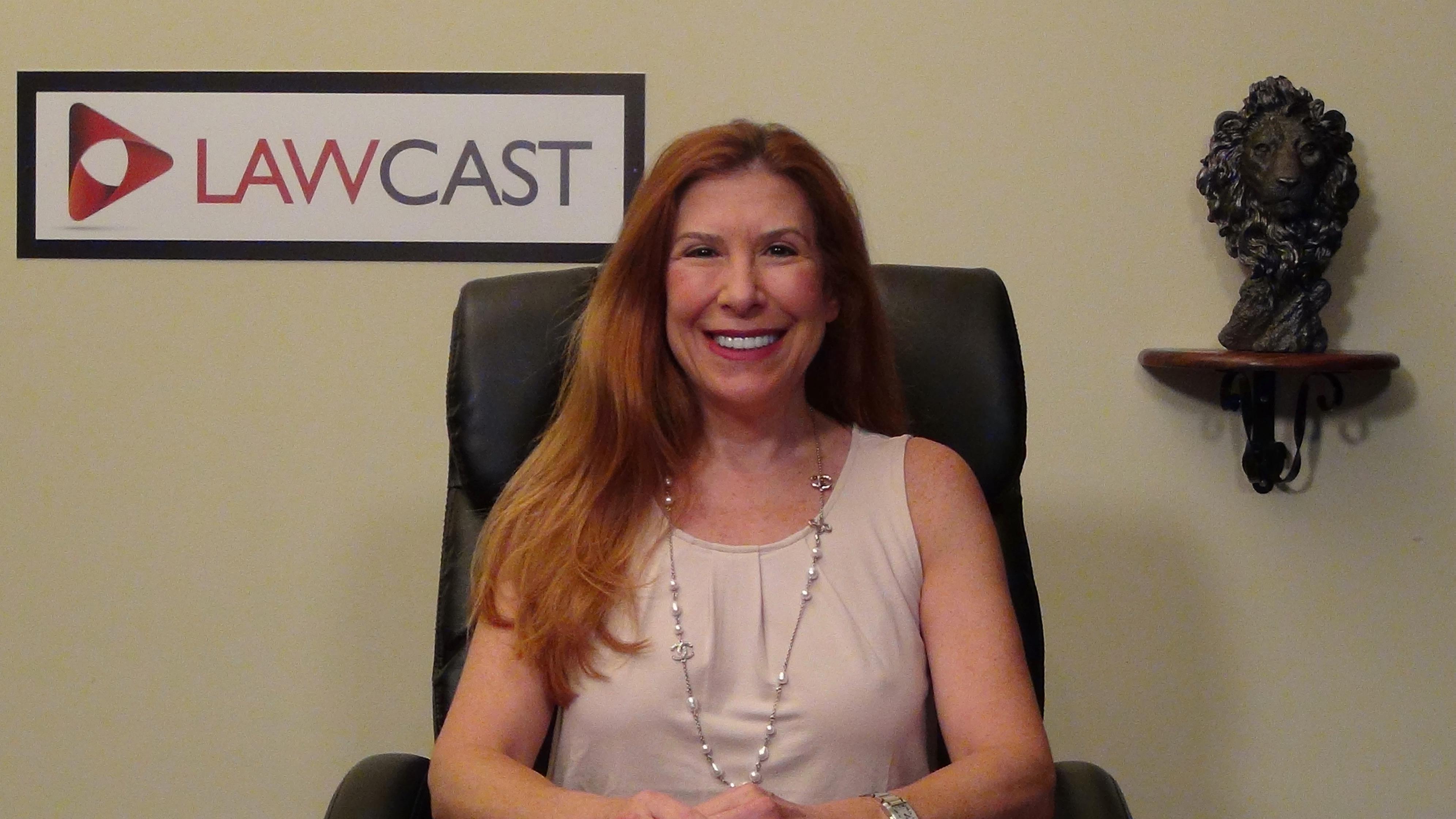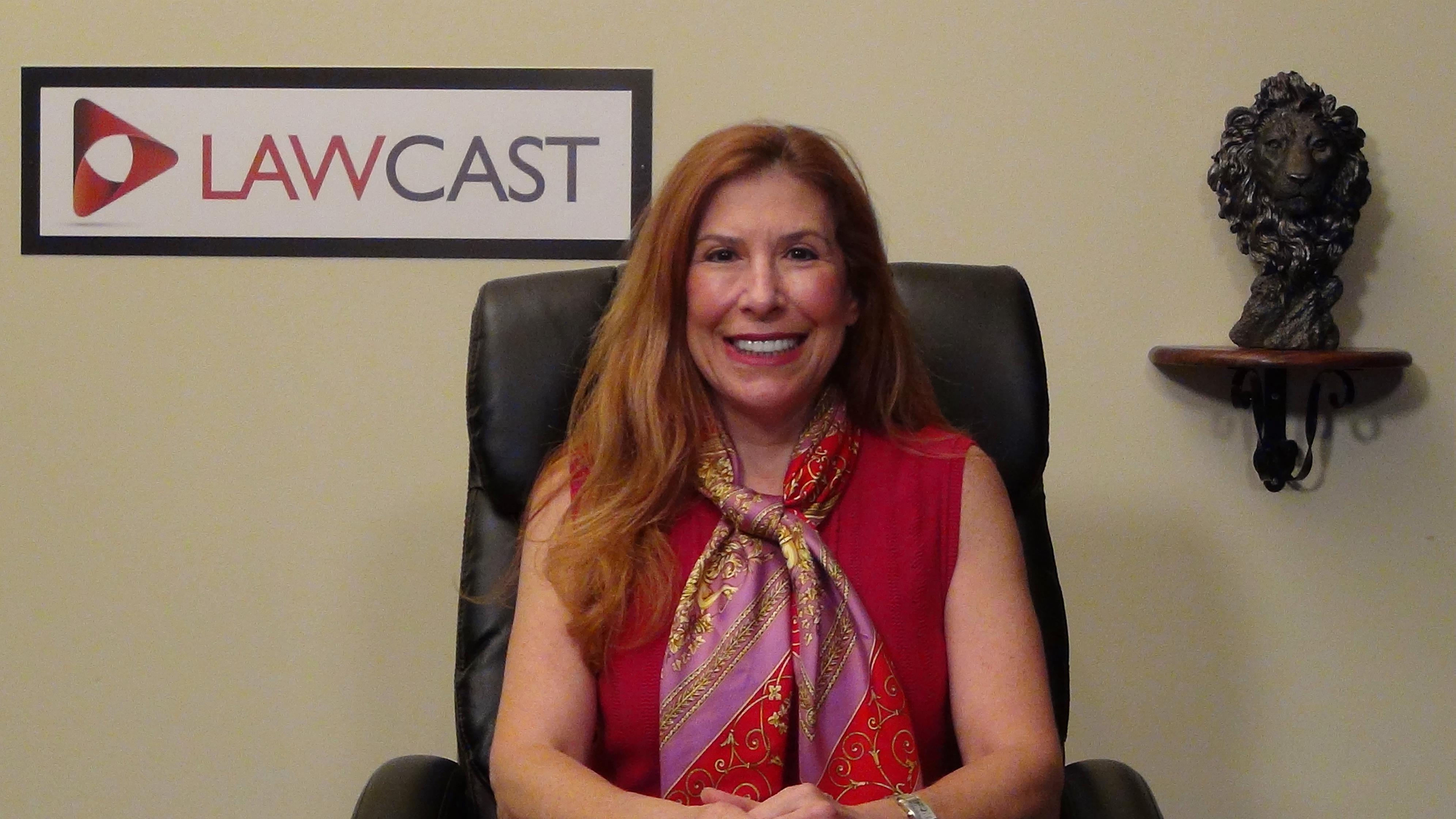SEC Disclosure Requirements and Regulation S-K
SEC Disclosure Requirements and Regulation S-K- Today is the continuation in a Lawcast series discussing SEC disclosure requirements and in particular the 341 page concept release and request for public comment on sweeping changes to certain business and financial disclosure requirements in Regulation S-K, issued by the SEC on April 15, 2016.
The SEC understands that the cornerstone of the disclosure laws must be materiality. In general, the rules rely on company management to evaluate and assess the necessary information to be included in registration and reports. This requirement is referred to as a “principles-based” approach because “they articulate a disclosure objective and look to management to exercise judgment in satisfying this objective.”
Although materiality is the overriding concept, the disclosure laws also include certain prescriptive bright line information that must be included regardless of management’s assessment of materiality. The prescriptive rules are necessary for some information to ensure consistency, completeness and comparability across companies. Clearly there are circumstances where a prescriptive approach is helpful without a materiality assessment; the challenge becomes determining which disclosures should fall within which standard.
Back to materiality which is a fundamental concept throughout the federal securities laws. The disclosure requirements at the heart of the federal securities laws involve a delicate and complex balancing act. Too little information provides an inadequate basis for investment decisions; too much can muddle and diffuse disclosure and thereby lessen its usefulness. The legal concept of materiality provides the dividing line between what information companies must disclose, and must disclose correctly, and everything else. Materiality, however, is a highly subjective standard, often colored by a variety of factual presumptions.
The guiding purpose of the many and complex disclosure provisions of the federal securities laws is to promote “transparency” in the financial markets. However, the task of winnowing out the irrelevant, redundant and trivial from the potentially meaningful material falls on corporate executives and their professional advisors in the creation of corporate disclosure, and on investment advisors, stock analysts and individual investors in its interpretation. The concept of materiality represents the dividing line between information reasonably likely to influence investment decisions and everything else.
Only those misstatements and omissions that are material violate many provisions of the securities laws, including the bedrock provisions requiring accurate financial reporting. In 1976, the U.S. Supreme Court set the standard for a materiality evaluation, which standard remains today. In TSC Industries, Inc. v. Northway, Inc., the Supreme Court held that information should be deemed material if there exists a substantial likelihood that it would have been viewed by the reasonable investor as having significantly altered the total mix of information available to the public.
Despite this standard, the concept remains fact-driven and difficult to apply. There are no numeric thresholds to establish materiality, and market reaction is inconsistent and not always available. Ultimately professionals and company management must consider all facts and circumstances available to them on any given day to determine the materiality of a given disclosure in light of the standard established by the Supreme Court in TSC Industries.
Generally, professionals and company management must look in the first instance at specific disclosure guidelines set out in the federal securities rules and regulations (such as Regulations S-X and S-K and Forms 10-Q, 10-K and 8-K). Second, professionals and company management must consider all facts presently affecting the company. For instance, a specific disclosure may be highly relevant in light of current economic conditions and of little importance in a different economic climate.







